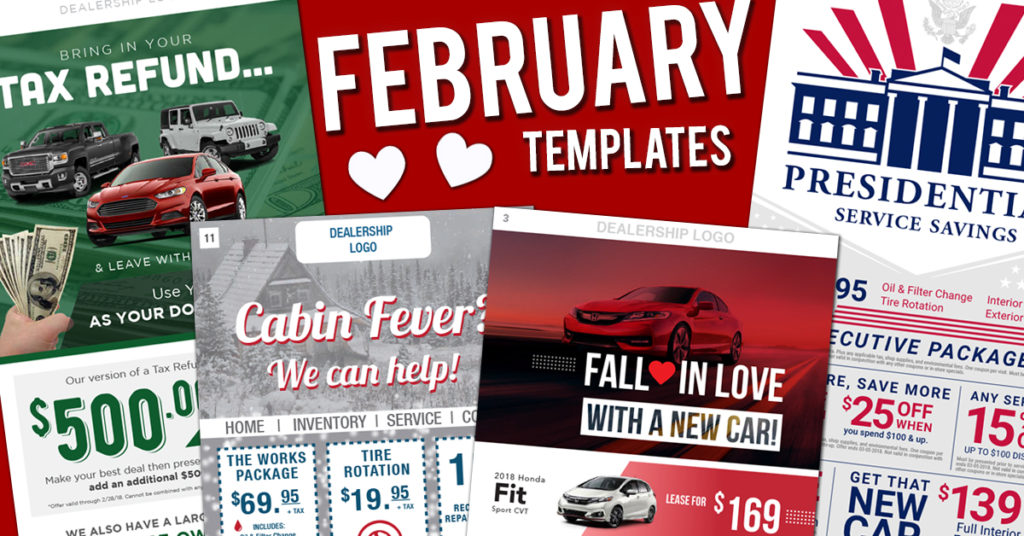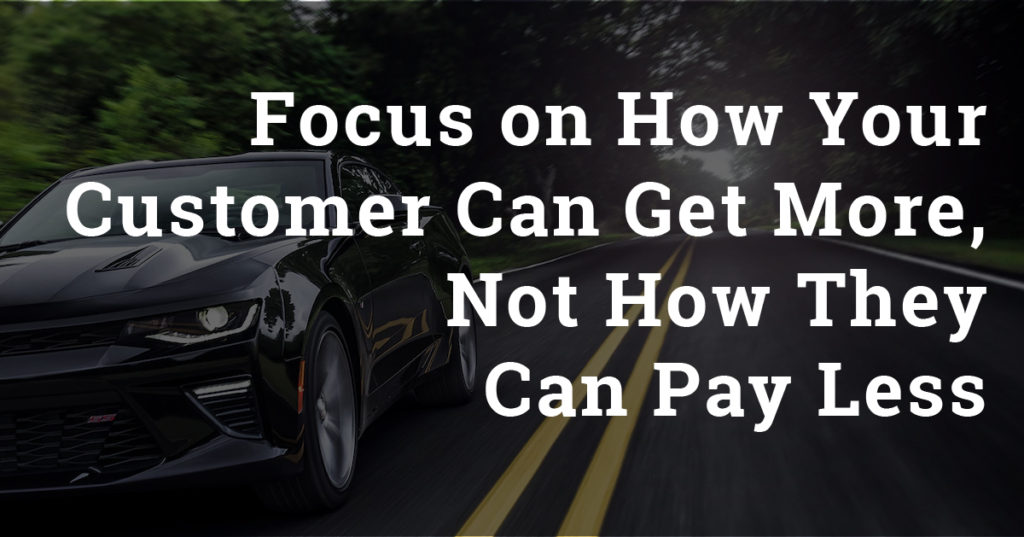Every business wants a loyal customer. Who doesn’t want a customer who is unswerving in their dedication to your business? Who doesn’t want to do business with someone who is as faithful to you as a customer that they would never think of purchasing something from anyone else? If only our customers were like our dogs, loyal to the end regardless of the circumstances. Well, we are never going to find customers as faithful as our dogs, but you get the point. Creating devoted customers does not happen overnight, nor does it always last a lifetime, but staunch allies can grow our business faster than any other factor we have. Their steadfast devotion to us is not only good for our business but they become advocates in the community that extends our message far better than any advertising campaign.
The question then becomes, how do you create loyalty? Here is where the quandary comes in. Before you can have any degree of loyalty, you need to design something that will keep the person engaged until they become a strong supporter of your business. What type of retention tools are you developing to create a steadfast customer whose loyalty will be contagious in your community? These tools are where retention comes into play.
In the automotive business, you see many different programs popping up designed to create retention. Unfortunately, not all of these are designed to create loyalty. Loyalty comes from a great customer experience. This customer experience needs to occur over and over again. Let me give you a few examples. One dealer gives away the first two oil changes free and one has lifetime oil changes. Which retention program creates more loyalty? One dealer gives a free tire rotation when you purchase a vehicle, and another gives you a rewards card that earns point toward free service for the life of the car.
Starting to get the picture?
Customers become loyal when they think you have gone the extra mile. The days of saying, “We’ll treat them right and they’ll come back” are pretty much over. Everyonetreats their customers right in this market.
Retention programs are not the answer to the problem but the tool for solving the problem. Picking the correct method of retention can go a long way toward developing a strong loyal following. The branding message that develops your loyal customer will, in time, create that raving customer.
Keep in mind that choosing your retention method is not a one-size-fits-all decision. A good CRM program is not necessarily a good retention tool — unless it combines a series of messages throughout your business. A factory rewards card isn’t branding you as someone different in the market place; every dealer has the same program. You don’t necessarily want loyalty to the brand — you want loyalty to your business. What is your message? How do you communicate that message to your customer? A combination of retention tools designed to deliver a unique message that your customer sees value in is always the best step.
That fact that loyalty is not created overnight can be perplexing to the average business. We all want instant gratification and, when we spend money, we want to see it go immediately to the bottom line. That’s why the rush to just grab the first thing that comes down the line is so enticing. That is also why it usually doesn’t work, and we wind up throwing good money after bad. Think of the things you are most loyal to — your school, your church, your favorite sports team, etc. Did it happen overnight? They all provided you with a great experience, a great memory and, over time, a dedication that is hard to shake.
So, where should we focus our retention efforts? In my experience, when trying to develop loyalty and retain your customers, it’s best to focus first on the service drive.
I see a lot of stores offering lifetime powertrain and they are calling it a retention program. Yes, there might be some form of retention in having the customer call to get an authorization number for service, but overall most of these programs will let the customer go anywhere for their oil changes and maintenance. The problem with this is retention begins and ends in the service lane. Lifetime powertrain as a stand-alone retention tool is not enough. It mostly helps us sell more cars — that’s not a bad thing, but to have people talking about our business like they do Amazon Prime it’s going to take a lot more than this to move your numbers to the next level.
To start the process of developing loyal customers for your business, you need to lay out a comprehensive plan that is ongoing and develops a branding message that separates you from your competition. It might not be one retention tool but several. Lay out the plan in advance and make sure you have total buy in from your management team. Look at each department and see what type of retention tool you are using to create loyalty. It is very important to have a way to measure your results, but the best measurement is say to yourself, “If I was the customer, is this program so special that I can’t imagine ever wanting to shop any place else for my automotive needs?”
Jack Garrity









